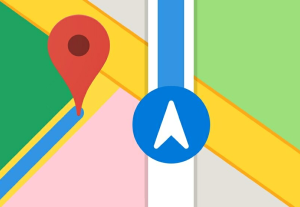- Apple, Consumer products, Conversational Design, Design, Mobile Technology, Product design, The rise of design
Article by Andrea Pacheco
What I Learned as a Product Designer at Apple
- In this article, the author reflects on their experience as a product designer at Apple and shares valuable lessons they learned in areas such as effective communication, storytelling, trusting instincts, and embracing simplicity, among others.
Share:What I Learned as a Product Designer at Apple
Share this link
- May 23, 2023
8 min read







